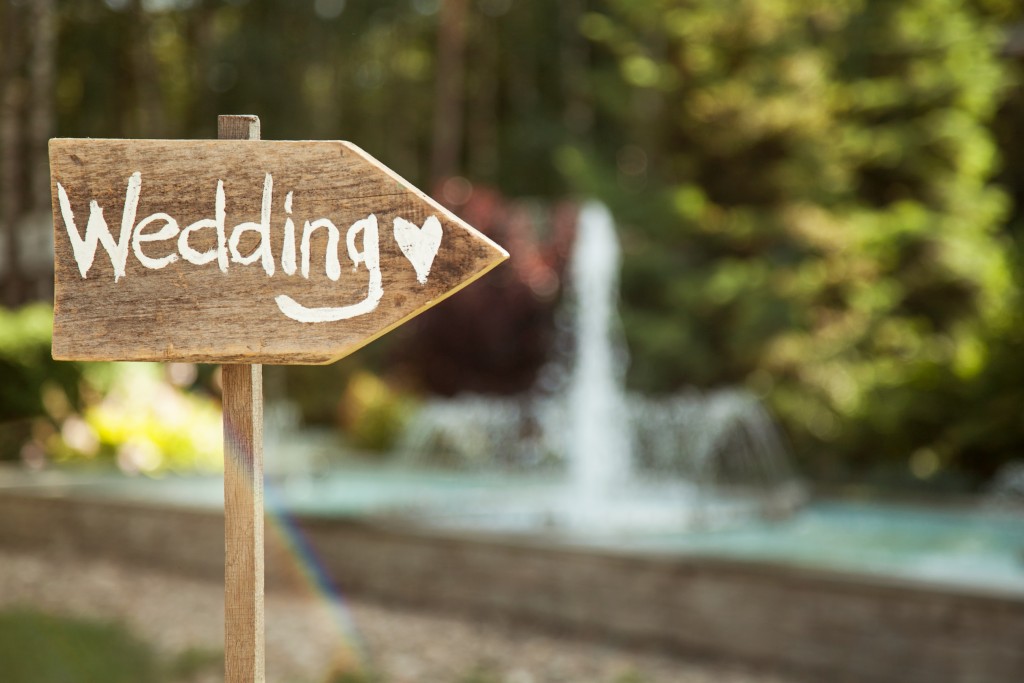If you want to learn more about the world’s history, you can study how weddings have evolved over the years. For example, how far have we come over the last fifty years? Did some trends die, or did they only evolve?
To get the answers, let’s take a trip back up to the 1970s:
The 2010s: Personalization
In 2020, the Knot reported that the average wedding cost has already reached an all-time high of $33,000. Much of it goes towards personalizing most aspects of it.
Couples these days are more hands-on about what they want from the wedding videography company they want to hire to the look and feel of their engagement. Men can go over the top with their proposals. (Remember flash mobs?)
No one can blame them, though, as this is the age of social media. In 2010, Pinterest was born, and since then it has become the go-to site for inspiration. Couples can now widen their options and even create their mood boards. Some can already DIY their weddings, while many now work with multiple vendors.
Around the same time, Kevin Systrom and Mike Krieger launched Instagram, and over time, couples want their weddings to look good online and be “instagrammable.”
The 2000s: Destination Weddings
The theme for the decade is secular. Although the decline of Catholic weddings began in the 1970s, it became more apparent in the 2000s when it dropped by 40%, according to the Official Catholic Directory.
Within this decade, same-sex couples decided to tie the knot – and fight for it. By 2004, they reached a landmark when Massachusetts became the first state to legalize such a union through the supreme judicial court ruling in Goodridge v. Department of Public Health.
With more couples opting to say I Do outside the church, destination weddings boomed. Beaches were some of the prime spots, which might partly explain the popularity of spray tans and bronzers brides loved to sport during this period.
The growing trend of destination weddings, though, might have forced other couples to elope eventually. Clark County in Nevada issued 5.7% of the total number of marriage licenses in 2004 as brides- and grooms-to-be pledged their love in a Las Vegas wedding.
The 1990s: Wedding Planners
Wedding planners have been around for years, but their services became popular only in the 1990s. Reason: movies and TVs.
Within 10 years, everyone saw Four Weddings and a Funeral, My Best Friend’s Wedding, and Runaway Bride. These reminded couples that weddings can also be fun and that they do have options.
What’s more, the former fashion editor of Vogue decided to pursue the career she always wanted. Vera Wang opened her first flagship store for bridal dresses in 1990 in New York, and women could now enjoy a day off with her bridesmaids choosing the best gown for the ceremony.
The opening of more bridal salons also led to a variety of styles for wedding gowns, such as spaghetti straps and sleeveless and dresses in silk instead of lace.
The 1980s: Over the Top
Fashion in the 1980s was anything but simple. It seems the mantra was the bigger, the better: the puffed-up sleeves, the voluminous hair, the heavy makeup, and grand multi-tiered cakes.
Brides and grooms also carried these styles into their weddings, and Princess Diana only solidified them when she walked down on a gown made from taffeta and silk paired with a 25-foot train and veil tulle that spanned over 150 yards. At least 700 million people around the world watched her wedding to Prince Charles.
The 1980s also saw better tech trends, one of which was the camcorder. Couples can now reminisce their entire ceremony over and over, and that could have encouraged them to give everything they’ve got to the occasion.
The 1970s: Hippie and Natural

In the 1970s, fewer couples got married in a church, and it could be partly due to the rise of the hippie movement. After all, some believed the church doesn’t equate to freedom and independence.
With wedding styles, the beginning of the decade seemed to pick up where the 1960s left off. Women preferred silhouettes, although some sported “man clothes” like white bell-bottoms paired with a sun hat. Yoko Ono also provided the ladies with an idea when she paired a white mini-skirt with a floppy hat and knee socks.
This brief history tells us that, indeed, weddings can mirror the most significant events of the periods. Fortunately, couples can relive the styles of the yesteryears by making them into their wedding themes. Or they can be more creative and innovate them to freshen them up.

